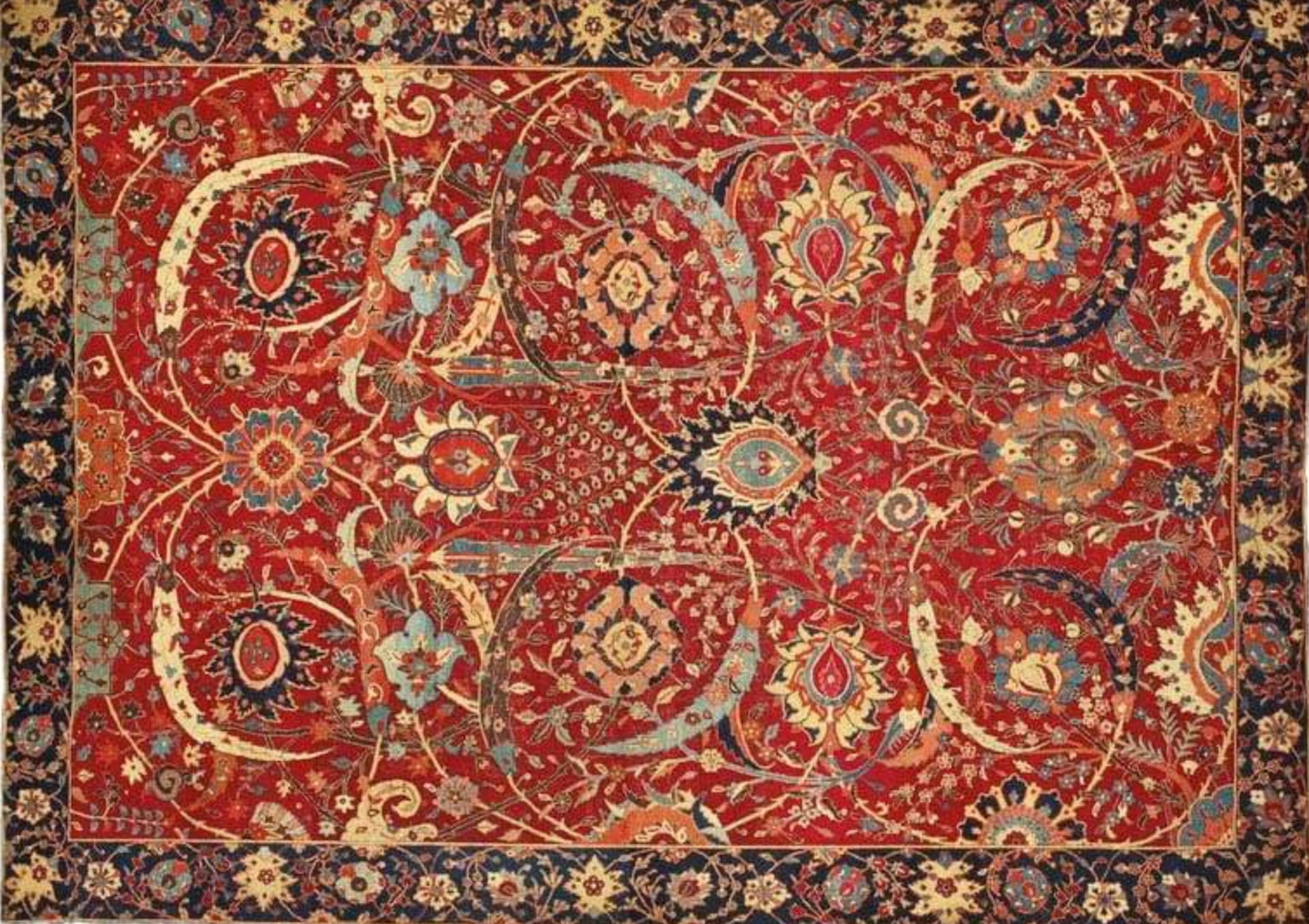Proof Of Work
This 17th Century Persian carpet sold for a record price of $33M at a Sotheby's auction. While an art lover can look at, admire, and pay a fortune to own this piece of art, an economist will look at it as “Proof of Work,” verifying that in fact some 300 years ago an entrepreneur bought the finest wool, secured the best vegetable dyes, hired a talented designer, and employed a master craftsman to weave this masterpiece.
Money is nothing more than the means by which society measures proof of work. But when a currency gets debased from reality, inflation sets in, slowly and legally robbing people of the value of their hard-earned work.
As long as the U.S. Dollar was based on gold, our Government was only able to spend what it collected in taxes; and when it borrowed to fight wars or build infrastructure, it always paid it back with interest.
But now that we can electronically create our fiat currency at practically no cost, hence accumulating ~$30 Trillion Dollars of National Debt that we may not be able to pay back without dire consequence, a new decentralized global currency is being born based on Blockchain, the foundation of which is called “Proof of Work.”
Unlike our past global currencies, like gold, which were only able to indicate that the holder is in fact the actual owner, this new global currency is smart, decentralized, agnostic, and imbeds the source of the work performed, and the agreement by which the money was earned and should be transferred.
We know the effects of the wheel, the printing press, steam and internal combustion engines, electricity, and the ability to fly on human evolution. Now imagine a similar effect blockchain may have in every aspect of our lives, including the global currency we may all end up using in the future.
— Sina.

